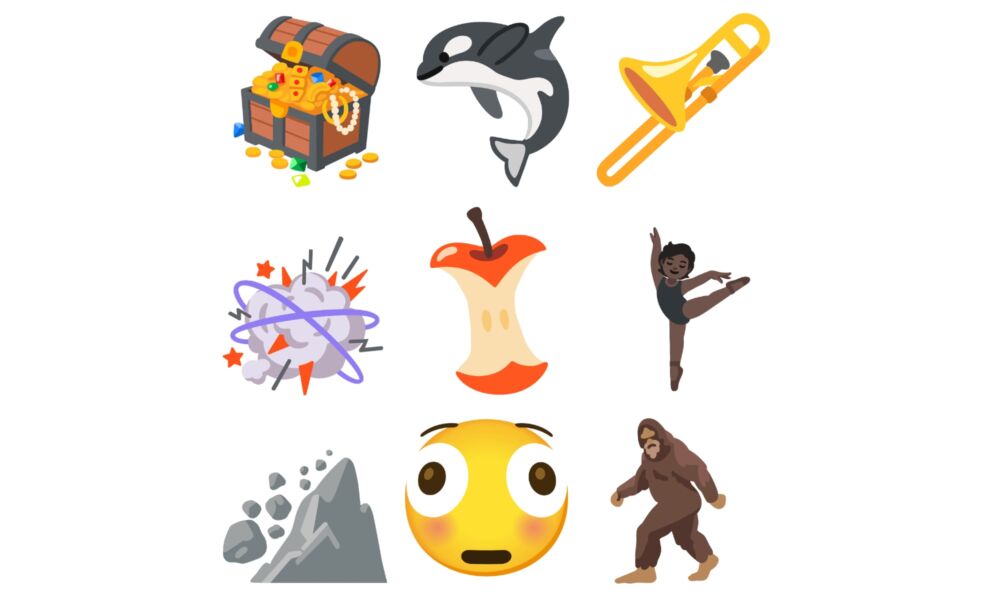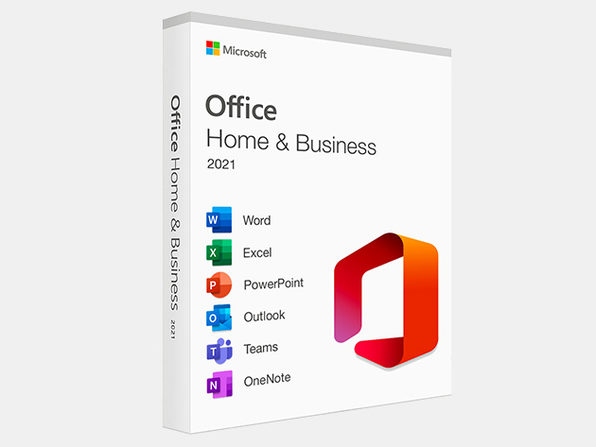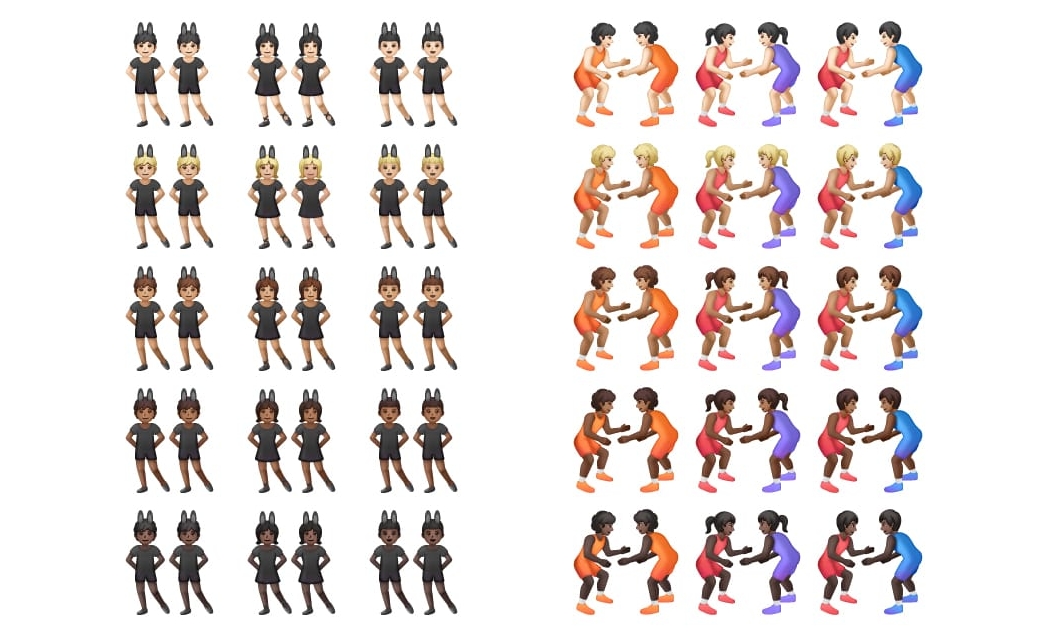Hairy Creatures and Ballet Dancers | Here Are the New Emoji Coming to Your iPhone in iOS 26
 The Unicode Consortium
The Unicode Consortium
Toggle Dark Mode
Yesterday was World Emoji Day, and as Apple commemorated the occasion by releasing its new Emoji Game to iOS 18 users, the Unicode Consortium also shared another preview of what we can expect from this year’s collection of new emoji glyphs.
The Unicode Consortium is responsible for ensuring there’s a standard way for every character you see on your iPhone, Mac, and other devices to be rendered correctly, ranging from the standard letters of the English alphabet to Chinese glyphs and other extended characters. It’s the Unicode specifications that effectively ensure that when you type an “A” in a message on your iPhone, it also shows up as an “A” on your friend’s Android device.
Of course, the basic standards for the English alphabet were defined a long time ago as part of the original American Standard Code for Information Interchange (ASCII), which ultimately prevailed over other standards like EBCDIC. Since ASCII only supported 128 characters, Unicode was created in 1991 to make room for the many other glyphs used by foreign languages.
In 2010, the Unicode standard was also extended to provide a consistent display of emoji across platforms, a move spearheaded by Apple engineers in 2009. Before this, emoji had been the exclusive domain of Japanese mobile carriers.
However, it’s not just about emoji. As languages evolve, Unicode standards must be updated to ensure that new characters are displayed consistently across all digital platforms. Languages aren’t as static as many people believe. New Unicode standards are released annually, and you may be surprised by how many more changes there are beyond the addition of a few new emoji characters.
For example, this year’s Unicode 17.0 update proposed 164 new emoji, but that pales in comparison to the overall additions of 4,847 characters to support five new language scripts: Sidetic, Tolong Siki, Chisoi, Beria Erfe, and Tai Yo.
Still, unless you’re a philologist, it’s the new emoji that are likely far more interesting each year, and the Unicode Consortium has given us another sneak preview of what we can expect in the 17.0 update.
While the new specification proposes 164 new emojis, it’s important to remember that many of these aren’t all that exciting; they’re only “new” in the most literal sense of the word. As we’ve seen in some previous updates, each variation in skin color and gender is technically a different emoji character. In reality, Unicode 17.0 includes only nine unique new glyphs.
The official names are Trombone, Treasure Chest, Distorted Face, Hairy Creature, Fight Cloud, Apple Core, Orca, Ballet Dancers, and Landslide.
Like many people-based glyphs, Ballet Dancer gets 5 of the 164 proposed emoji, since it’s rendered in five skin tones. However, the proposal doesn’t suggest creating gender variations for this one.
The other 150 are combinations of the three genders and five skin tone variations for the People With Bunny Ears and People Wrestling emoji. Unlike the Couple with Heart and Kiss emojis, the two people in these emoji will share the same gender, but each one will be rendered in all 25 possible combinations of skin tones for each of the three genders.
When Will We See These New Emojis?
The Unicode 17.0 specification still needs to be formally ratified, which isn’t expected to happen until September. That means they won’t be officially approved in time for iOS 26.0.
However, it’s a bit more complicated than just having them approved. The Unicode Consortium’s Emoji Working Group merely sets the standards. It’s up to each platform developer to interpret those standards, and they have some degree of freedom to come up with unique designs.
Apple’s graphic designers tend to sweat the details when it comes to new emoji, and it can take them a few months to get everything just right. As a rule, each year’s new emoji release doesn’t show up in Apple’s products until the following spring. Over the past few years, these have consistently appeared in iOS 15.4, iOS 16.4, iOS 17.4, and iOS 18.4. That makes it a pretty safe bet that we won’t see trombones or apple cores until iOS 26.4 appears sometime in March 2026.








